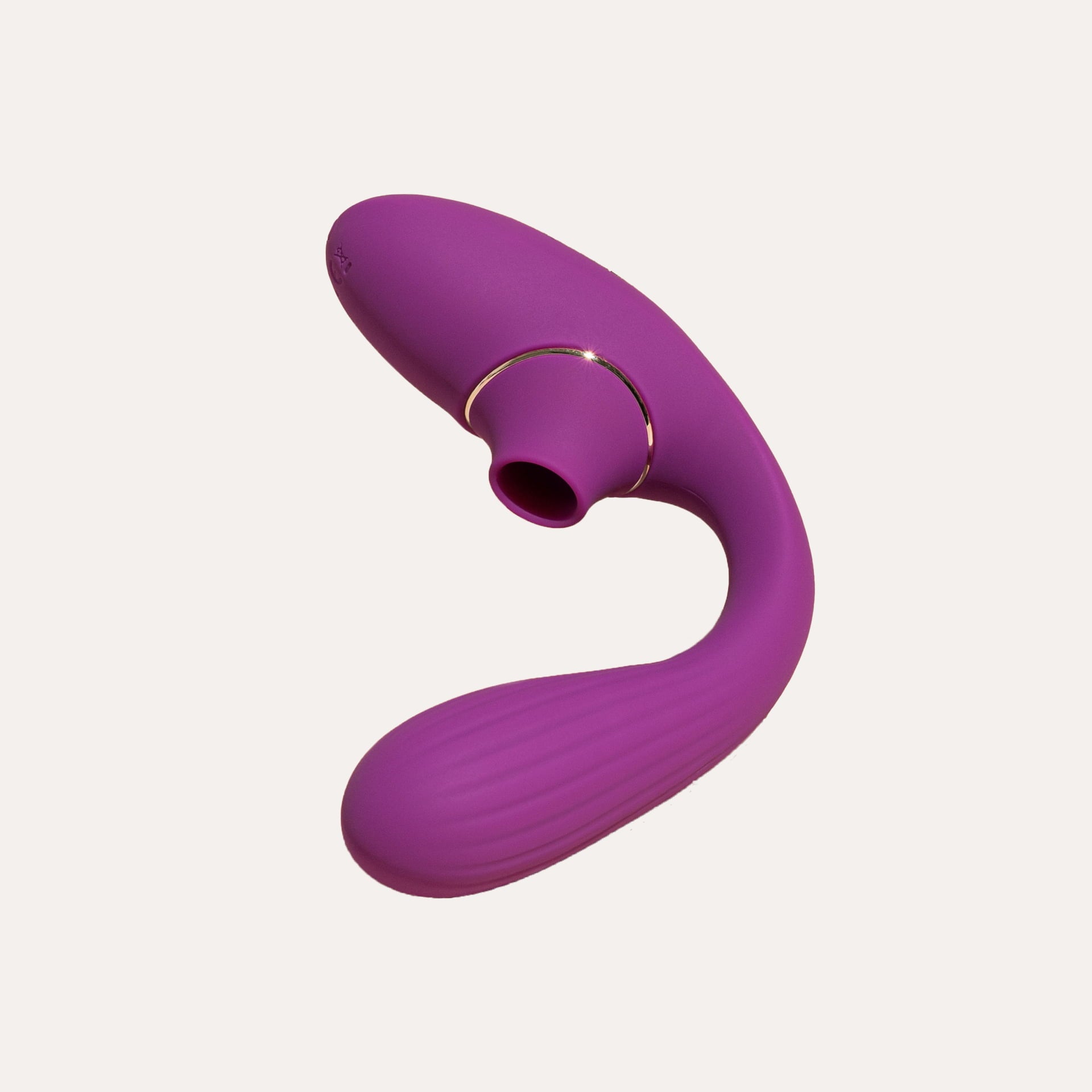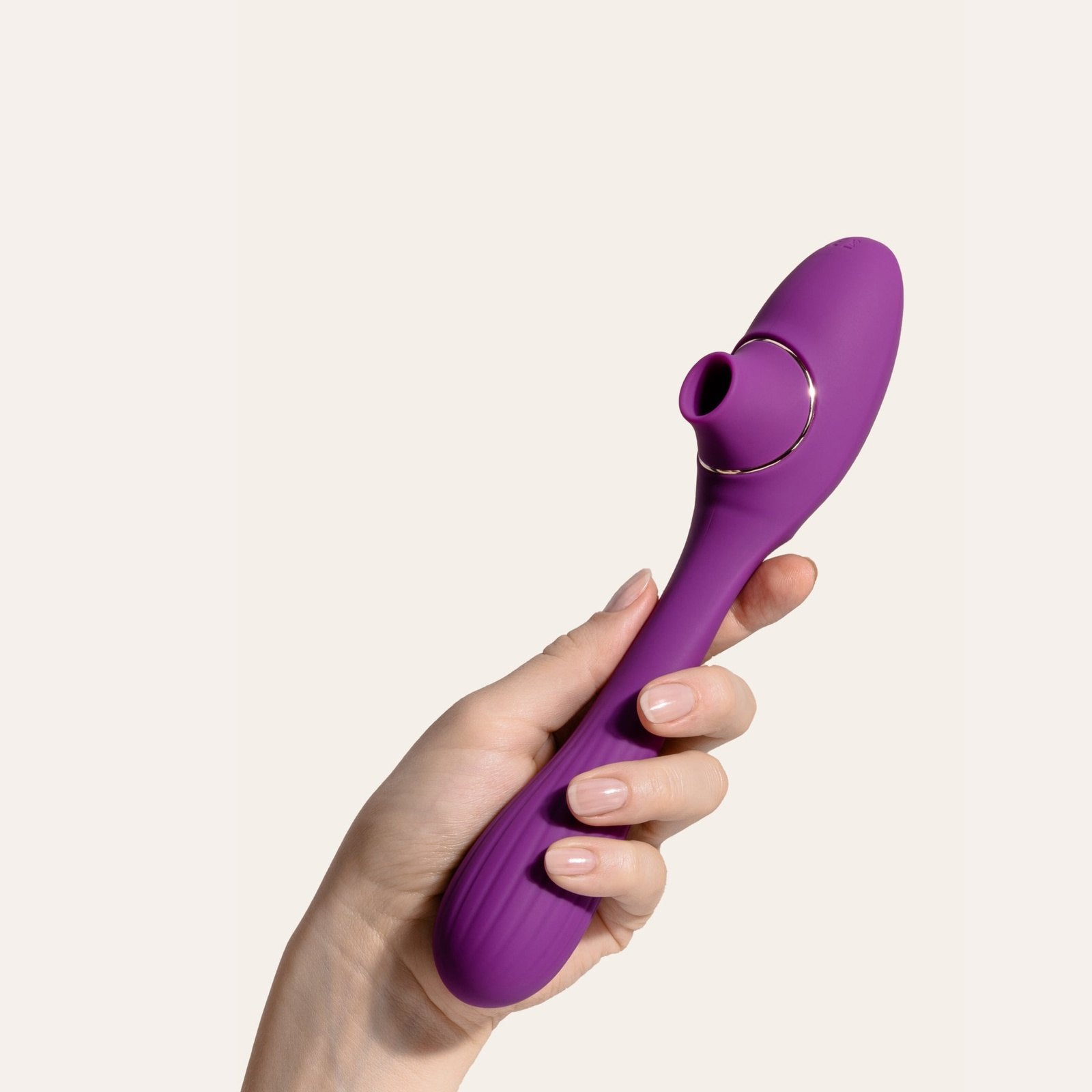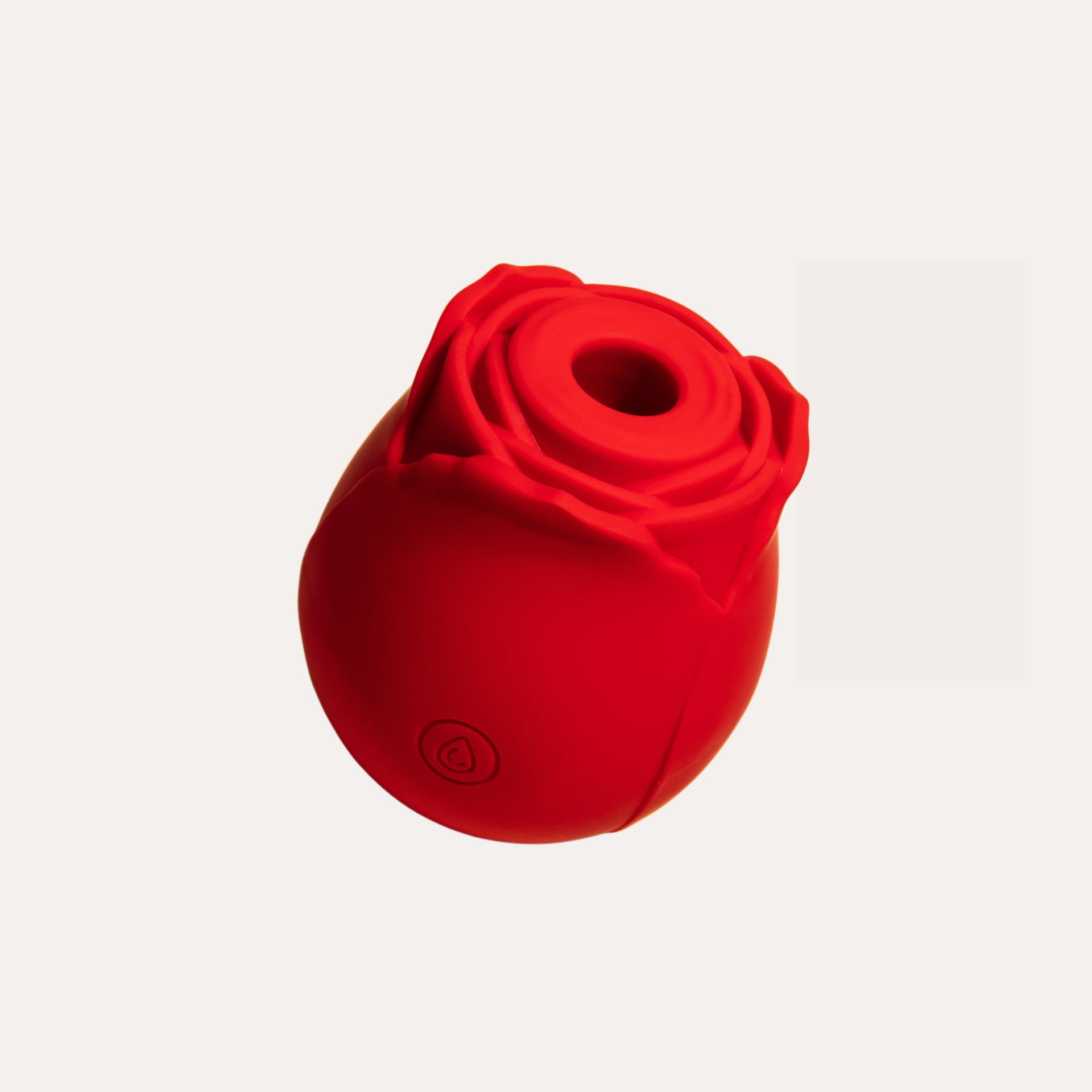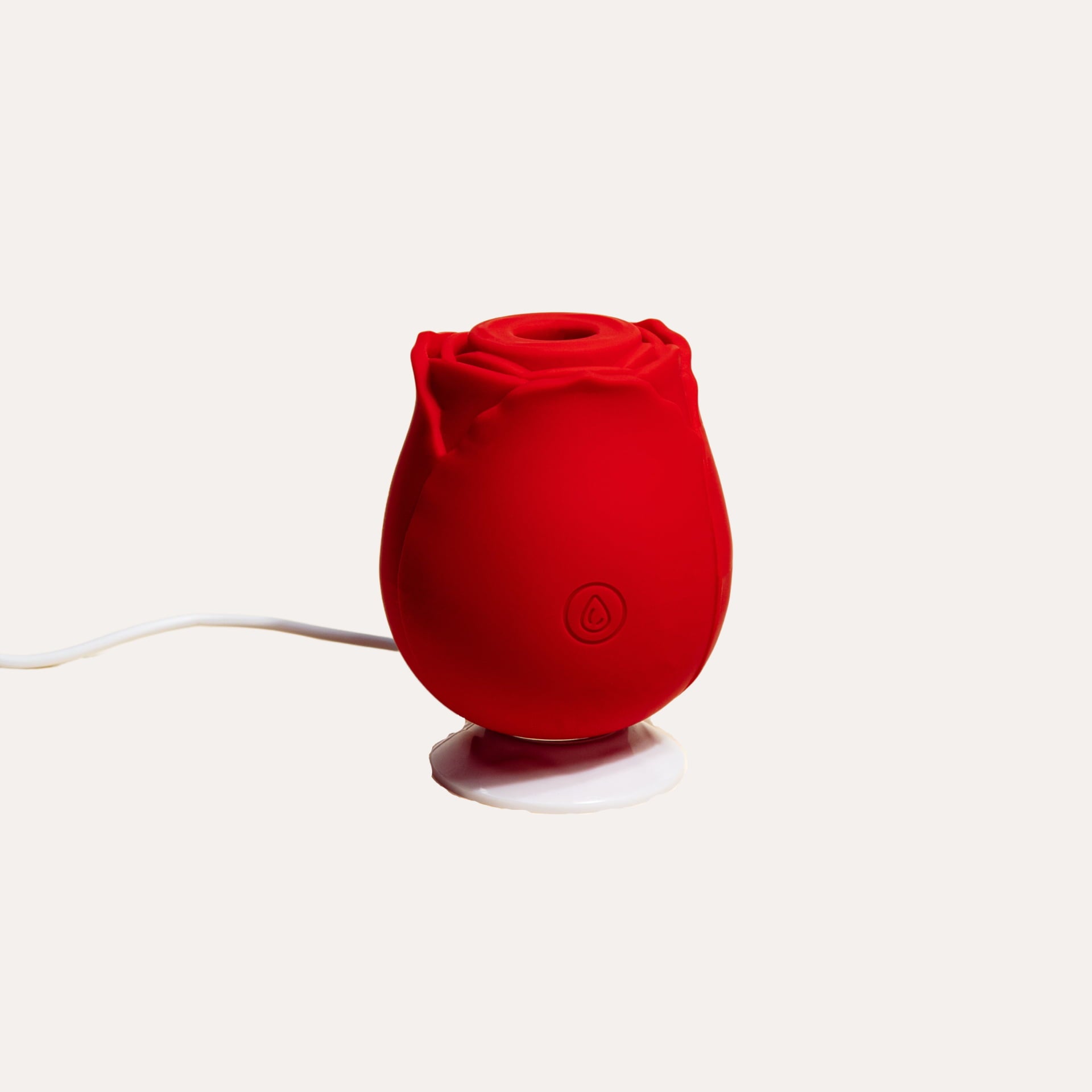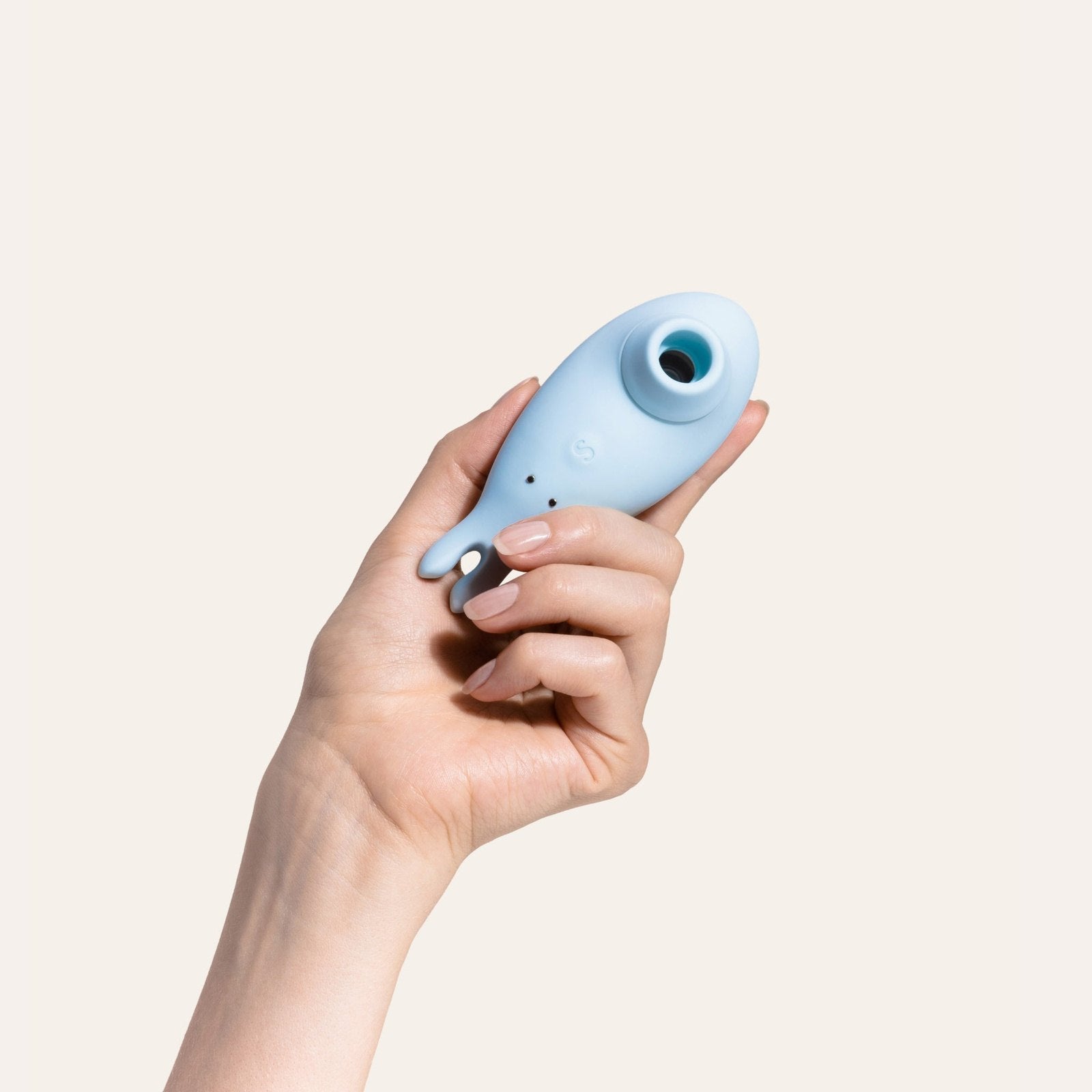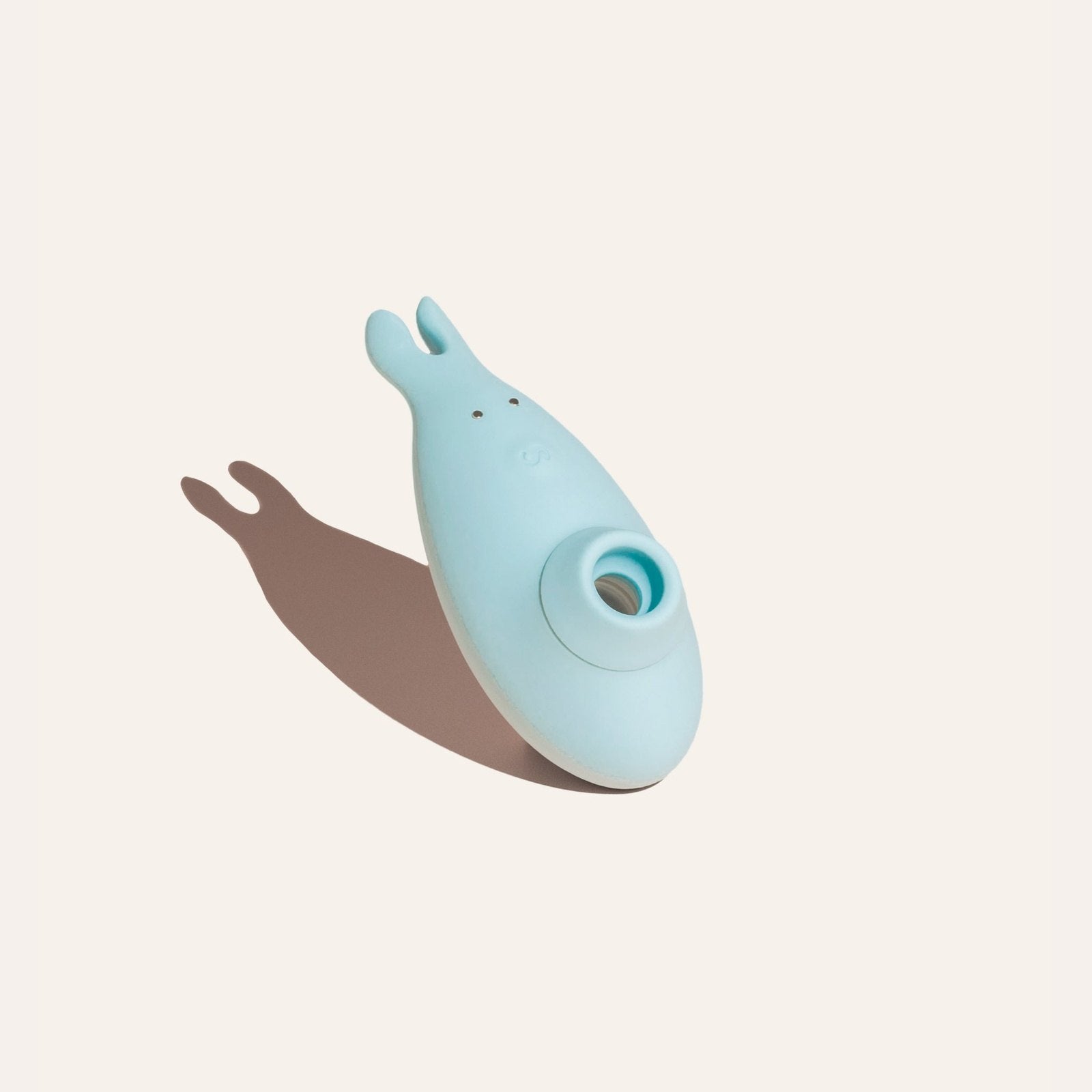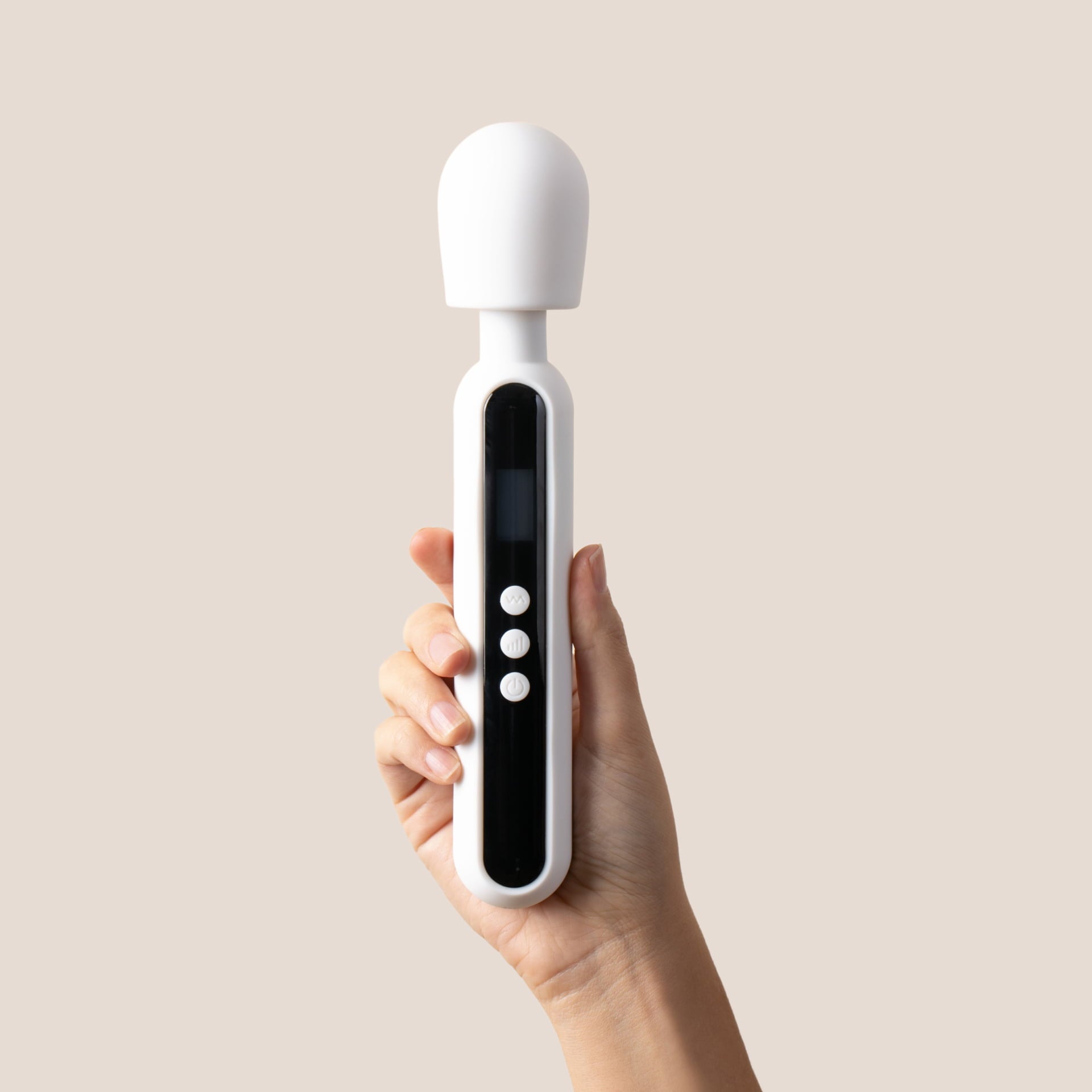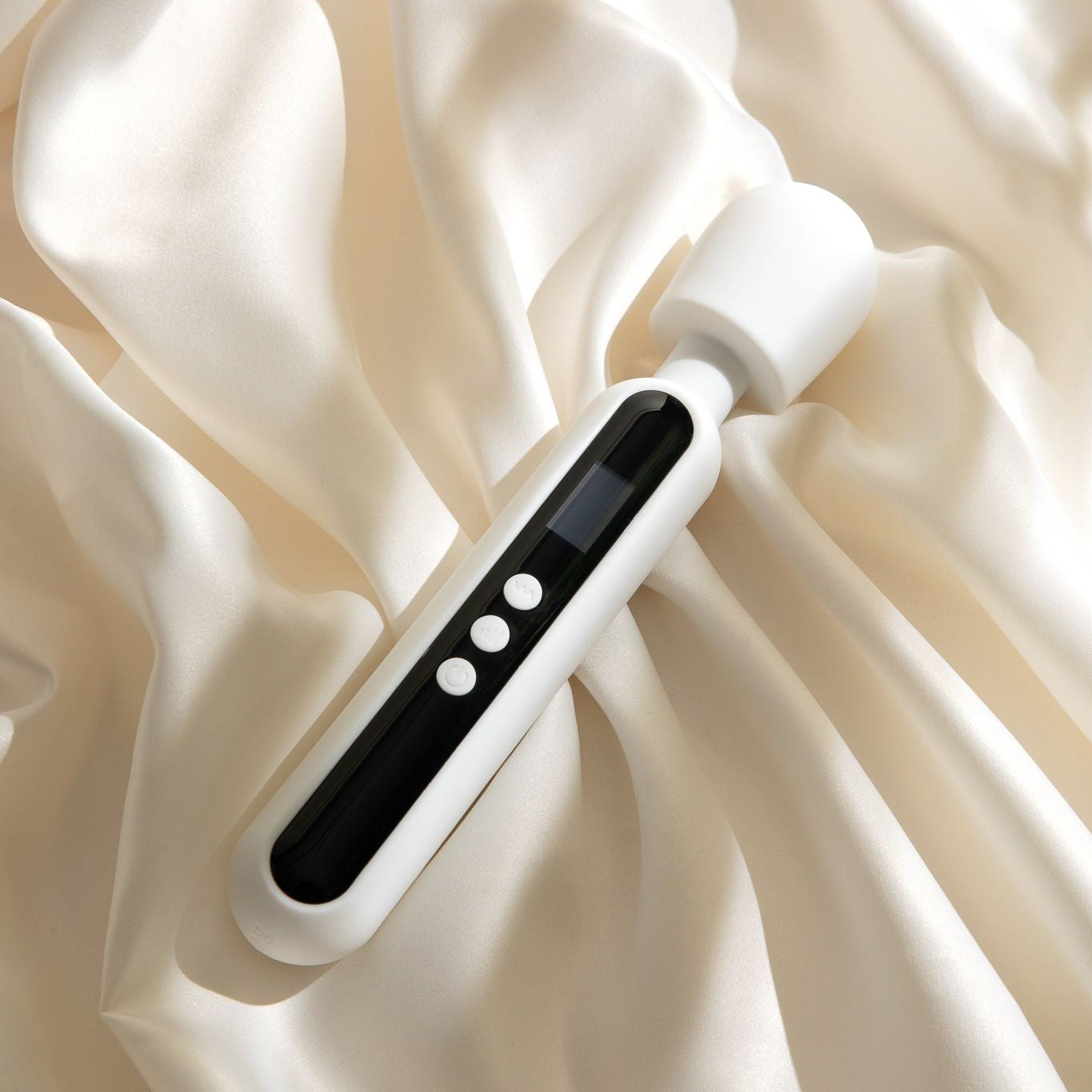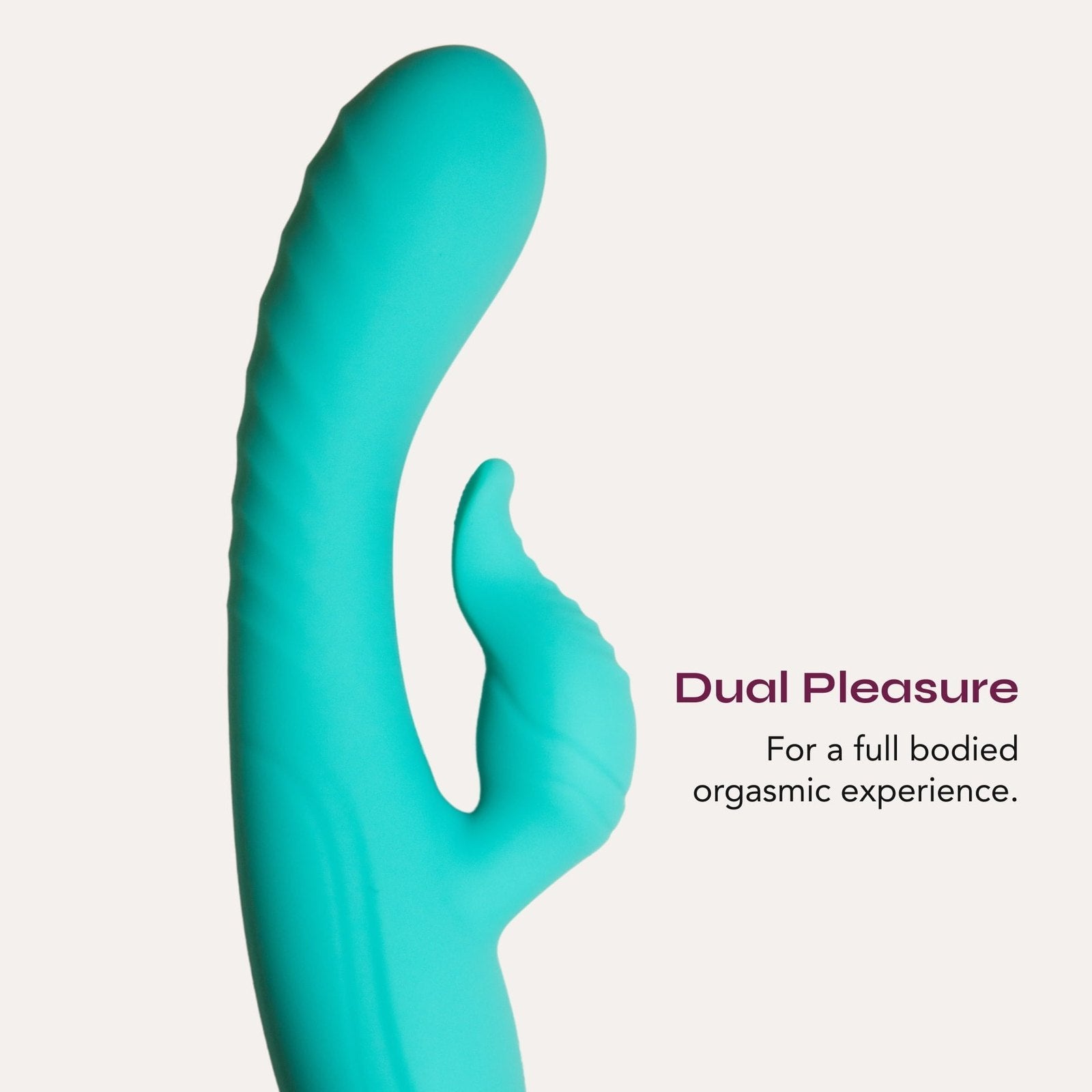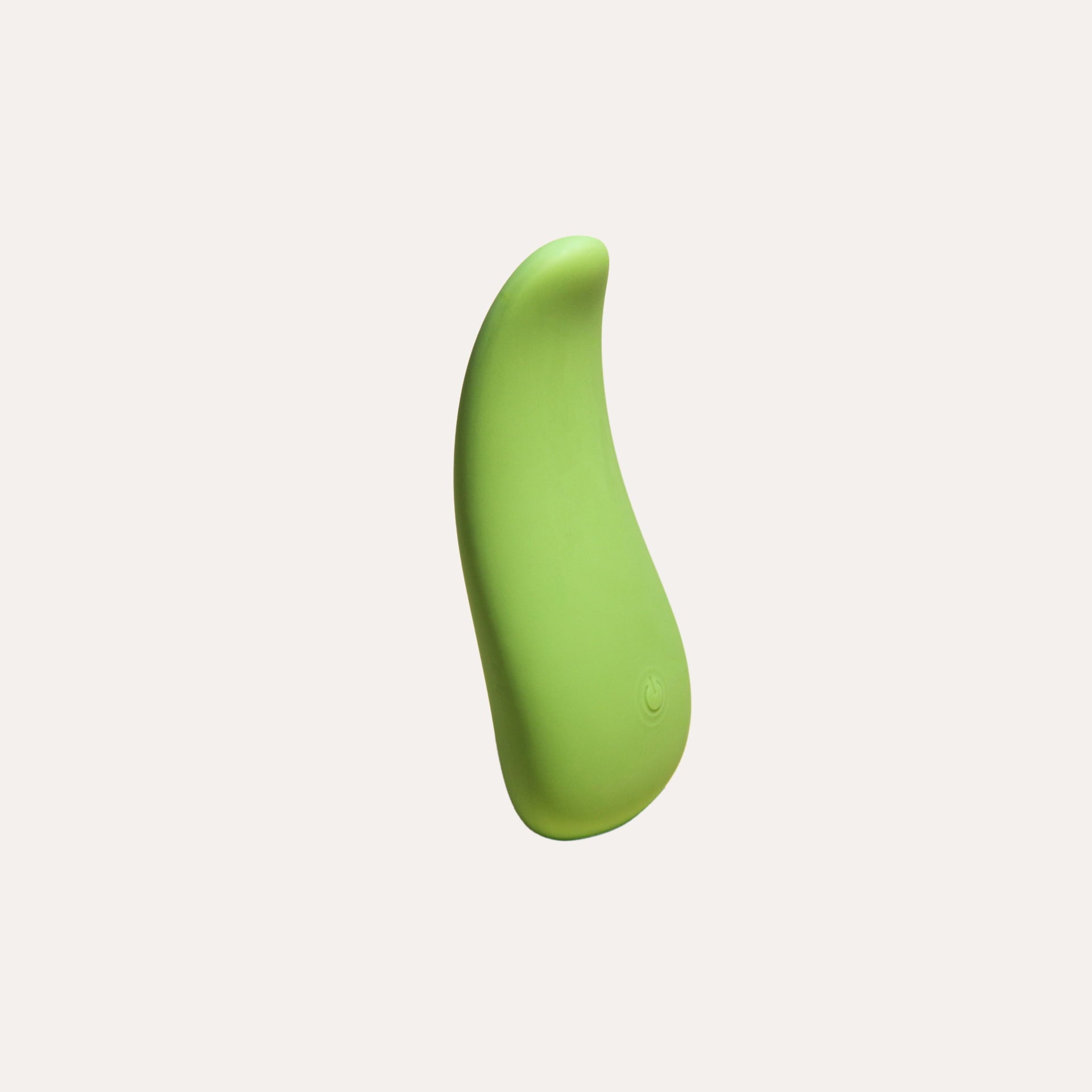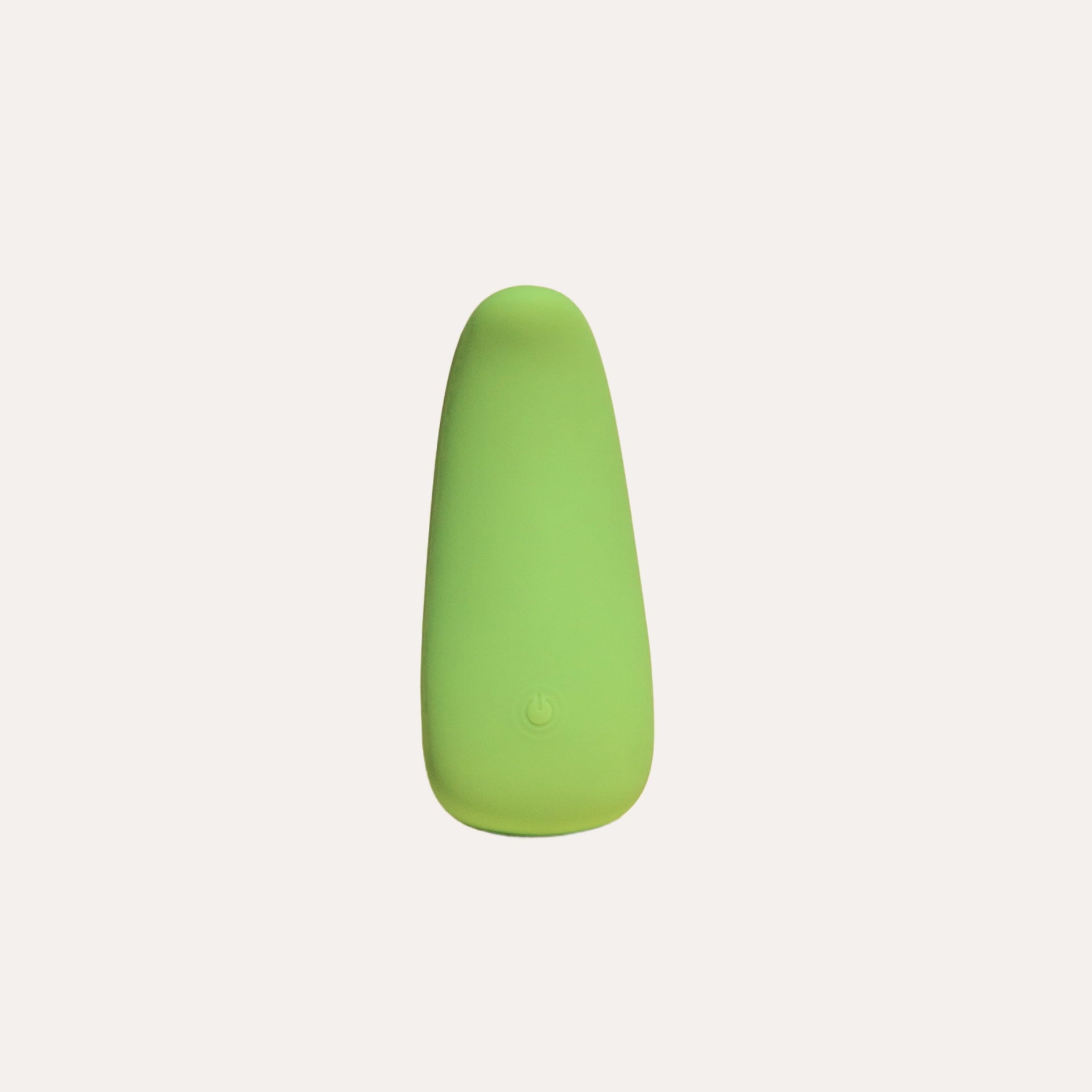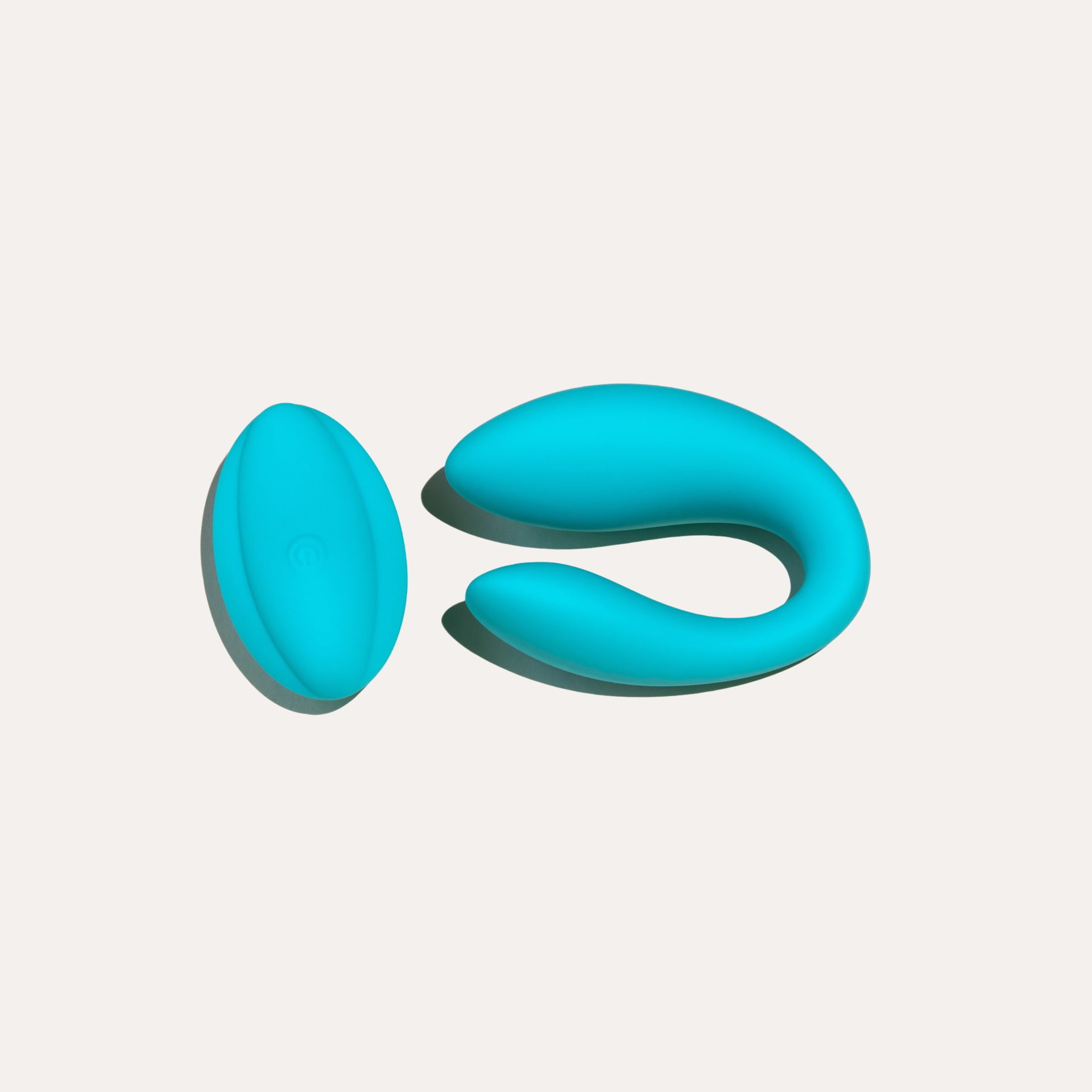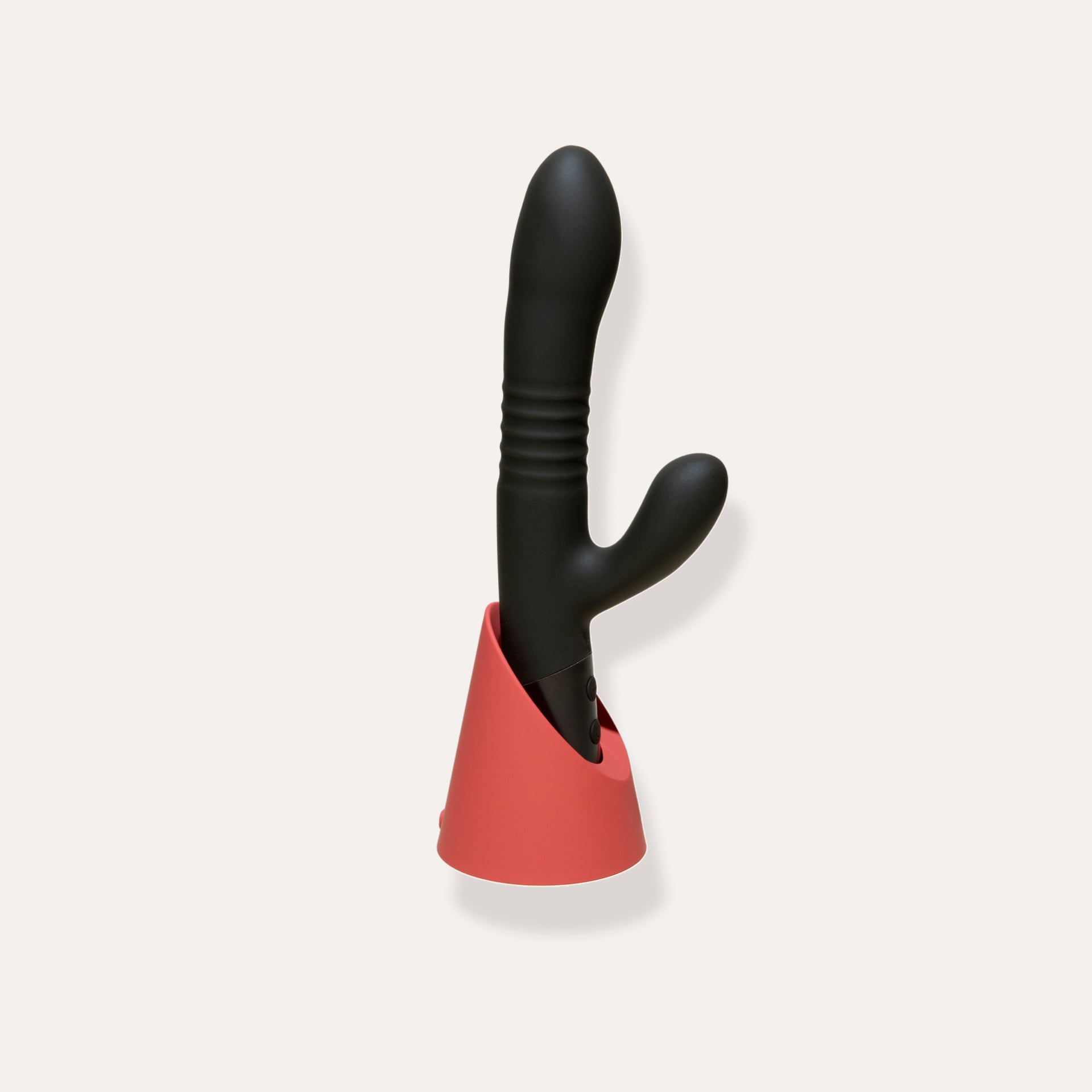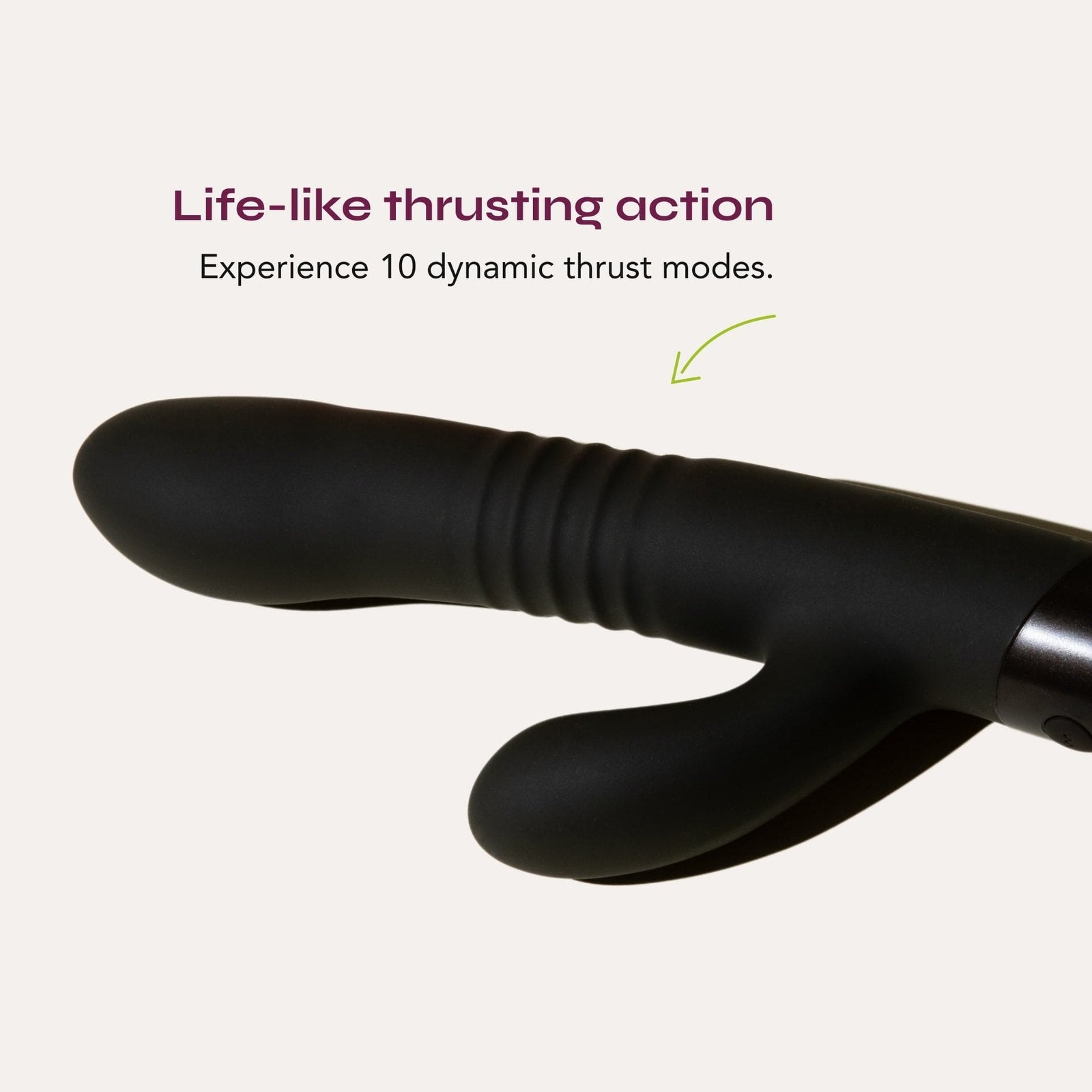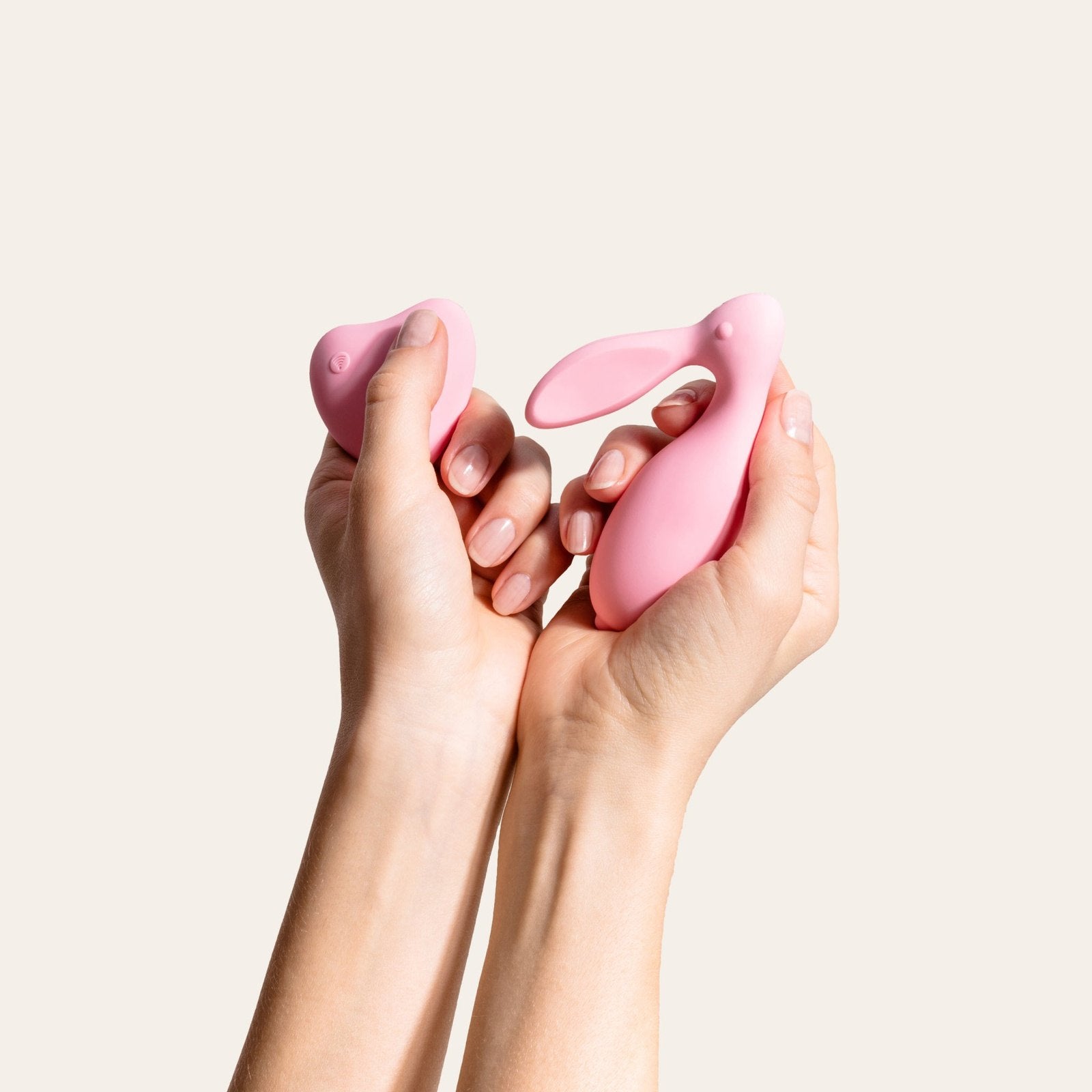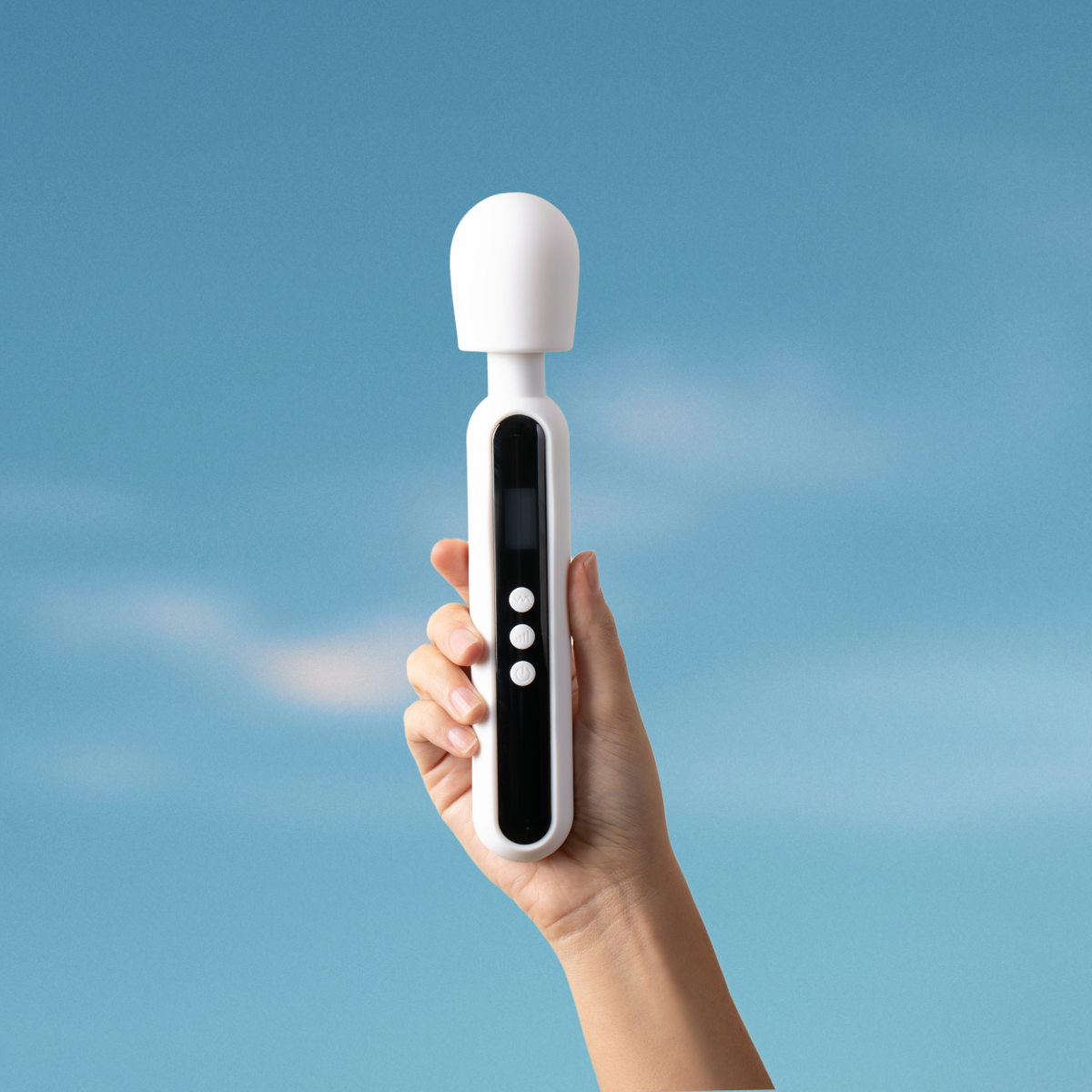Experiencing changes in clitoral sensitivity and size can be concerning, yet it's a topic that doesn't get nearly enough attention. Clitoral atrophy symptoms can affect people of all ages, particularly during menopause or certain medical treatments - but there's no need to suffer in silence.
In this comprehensive guide, we'll explore the signs and symptoms of clitoral atrophy, what causes this condition, and most importantly, the steps you can take to support your sexual wellness naturally.
Whether you're dealing with decreased sensation or noticing physical changes, understanding your body is the first step toward reclaiming your intimate health.
Let's dive into everything you need to know about clitoral atrophy symptoms and the holistic approaches that can help you maintain your sexual wellbeing.
What is Clitoral Atrophy?
Clitoral atrophy occurs when genital tissues become thinner, less elastic, and more sensitive due to hormonal changes.
While it was previously known as vulvovaginal atrophy, medical professionals now use the term genitourinary syndrome of menopause (GSM) - a name adopted in 2014 to better describe this collection of symptoms that arise from decreased estrogen levels.
Think of your genital tissues like a well-hydrated sponge - when estrogen levels are optimal, these tissues remain plump, well-lubricated, and very responsive. However, when estrogen decreases, these same tissues can become thinner, less elastic, more fragile, and less responsive to stimulation.
While the term "atrophy" might sound alarming, it's important to understand that this is a common and natural process that many people experience, particularly during menopause.
Let’s get into the main signs and symptoms of clitoral atrophy.
Clitoral Atrophy Symptoms Explained
Recognizing the symptoms of clitoral atrophy early can make a significant difference in managing this condition. The key symptoms often develop gradually and fall into three main categories:
1 Physical Changes:
If you notice your clitoris appears smaller or less pronounced than before, this could be an early sign of atrophy. The surrounding tissues may become thinner and paler, and you might experience general vulvar dryness or occasional burning sensations.
2 Sensation Changes:
Many women first notice changes in clitoral sensitivity. This might include decreased sensation during intimate touch, numbness, or occasional tingling. Some women report that their usual forms of stimulation no longer feel as pleasurable as before.
3 Sexual Response Changes:
Clitoral atrophy often affects sexual function, leading to longer arousal times and changes in orgasm intensity. You might notice you need more stimulation than before, or that reaching orgasm takes longer than it used to.
What makes these symptoms particularly challenging is their cyclical nature. When discomfort leads to less frequent sexual activity, blood flow to the area decreases, which can worsen the symptoms. This is why recognizing these changes early and seeking appropriate care is crucial for maintaining sexual wellness.
Remember, you might not experience all these symptoms, and their onset can vary - some women notice changes during perimenopause, while others may not see significant differences until later in menopause. The key is paying attention to your body and not dismissing these changes as inevitable parts of aging.
The Complete List of Clitoral Atrophy Symptoms
The most common symptoms of clitoral atrophy include:
- Decreased clitoral sensitivity
- Noticeable reduction in clitoral size
- Longer time needed to reach orgasm
- Changes in orgasm intensity
- Vulvar tissue thinning
- Paleness or loss of color in genital area
- Decreased natural lubrication
- Discomfort during sexual activity
- Burning or irritation sensations
- Numbness in the clitoral area
- Reduced sexual pleasure
- Reduced sexual appetite
- Longer arousal time needed
- Loss of tissue elasticity
- General vulvar dryness
- Changes in sexual response
Why Does This Happen?
At its core, clitoral atrophy occurs due to decreased blood flow to the vulvar area - a direct result of declining (or imbalanced) estrogen levels.
This reduced blood circulation can lead to tissue changes and altered sensation in the entire genital region. Think of it like a garden that's not getting enough water - the tissues can become less robust and responsive over time.
Dr. Sonia Wright, the Midlife Sex Coach for Women, explained how hormonal changes drive this process on an episode of Touchy Feely: "When we don't have [enough] estrogen, our vulva tissue gets thinner... If you can imagine that the blood flow is decreasing, and the androgens, estrogens are decreasing to that area, it can atrophy."
These changes affect both the vulva (external genitalia) and vagina (internal canal). As Dr. Wright notes, "even the vagina is shifting too, it's getting smaller, once we lose the estrogen and the androgen, it's getting smaller and shrinking in length as well."
The process affects nerve endings and sensitivity, which can alter how pleasure is experienced. As Dr. Wright describes, "Once that starts happening, nerve endings and sensations feel a little different as well." This might manifest as "taking longer to have an orgasm, or the sensations are different because our vulva area" has undergone these changes.
What Can Be Done To Treat & Reverse Clitoral Atrophy?
The key to managing clitoral atrophy is maintaining blood flow to the genital area. As Dr. Sonia Wright points out, "One of the things I like about masturbation is it continues to make sure that blood flow gets to your vulva area."
Here are the most effective approaches to managing and potentially reversing symptoms:
#1 Medical Intervention
Consulting with your healthcare provider should be your first step in addressing clitoral atrophy.
Medical treatments like topical estrogen creams, vaginal rings, or hormone replacement therapy can be remarkably effective - but patience is key. As Dr. Wright notes, "If you go on estrogen, it usually takes six to eight weeks to get everything up and running... It's not like a quick fix. It's not like you slap on a little cream and you're ready to go. It will take a period of time for that tissue to get healthy again."
While waiting for medical treatments to take effect, many women find relief using clitoral vibrators as therapeutic tools.
Research shows these devices can significantly improve natural lubrication, sensation, and sexual response. After three months of regular use, two-thirds of post-menopausal women report better arousal and improved genital sensation, likely due to increased blood flow to the area.
#2 Increase Clitoral Stimulation & Vibrator Use
Regular sexual activity, whether solo or with a partner, is crucial for maintaining genital health. This isn't just about pleasure – it's about keeping tissues healthy through increased blood flow and circulation.
Seriously consider incorporating vibrators or other pleasure devices into your sexual wellness routine, as these can help stimulate blood flow more effectively than manual stimulation alone.
Research shows that vibrators aren't just pleasure devices – they're valuable therapeutic tools, especially during and after menopause.
A notable 2016 study found that after three months of regular vibrator use, two-thirds of post-menopausal women reported increased natural lubrication, better arousal, and improved genital sensation. Many sexual health experts recommend regular sessions of gentle stimulation, even when you're not feeling particularly aroused.
Read More: Can Clitoral Atrophy Be Reversed? Yes & Clitoral Stimulation is The Treatment
Choosing the Right Vibrator for Clitoral Atrophy
When it comes to managing clitoral atrophy, not all vibrators are created equal. The best choice is a device specifically designed for clitoral stimulation, rather than internal toys like dildos or G-spot vibrators.
Air pulse or suction vibrators are particularly effective for this purpose. These innovative devices use gentle air pulses to stimulate the entire clitoral structure, not just the visible tip. This matters because the clitoris is actually much larger than what we see on the surface, with extensive nerve networks throughout the pelvic area. The indirect, gentle nature of the stimulation can be both comfortable and effective, even when tissue sensitivity has changed.
With this, the key is consistency – think of your vibrator as part of your sexual wellness routine rather than just a pleasure device. Regular use, combined with proper medical treatment, can help maintain and potentially improve clitoral health and sexual response over time.
Think of Vibrators as Sexual Wellness Tools
Living with clitoral atrophy doesn't mean giving up on sexual pleasure or intimacy. With the right combination of medical care, lifestyle changes, and modern wellness tools, you can actively manage these symptoms and maintain your sexual wellbeing.
Remember that vibrators aren't just pleasure devices – they're therapeutic tools backed by research and recommended by sexual health professionals. Just as we use various tools to maintain other aspects of our health, we can use these devices to support our sexual wellness, especially during hormonal transitions.
Most importantly, don't hesitate to discuss these changes with your healthcare provider. Being proactive about your sexual health is crucial, and there's no need to navigate these changes alone. With the right support and tools, you can continue to enjoy a fulfilling intimate life at any age.




